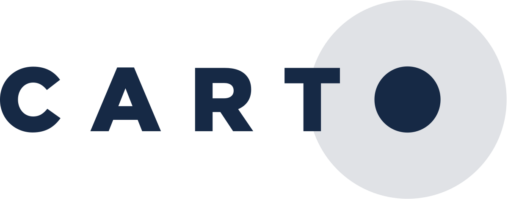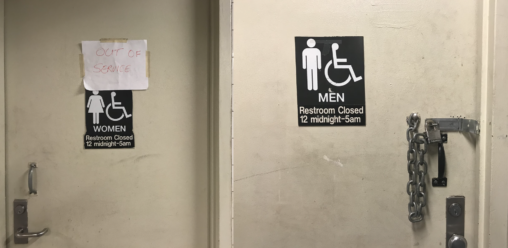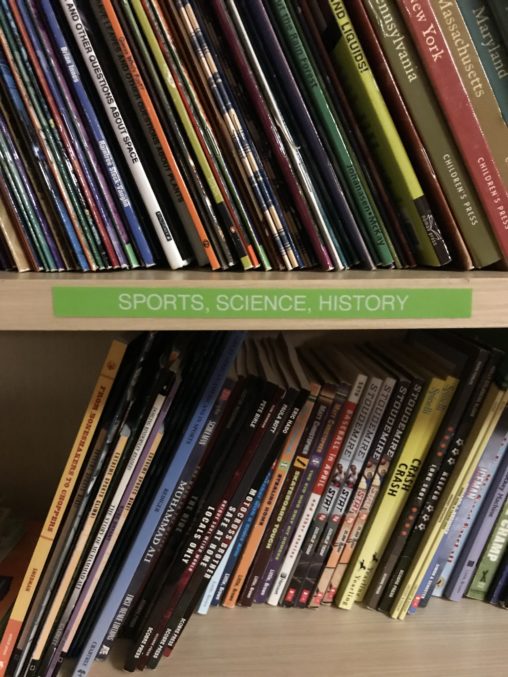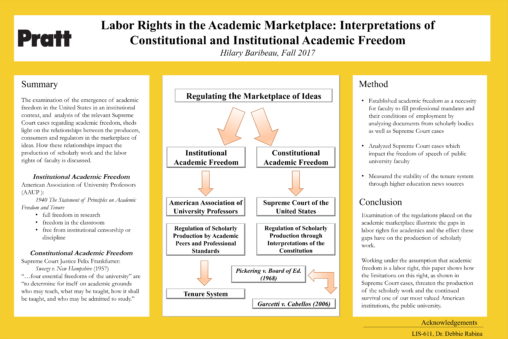Category: 2018Page 3 of 3
This presentation provides an technical overview of initiating Linked Open Data (LOD) in the Whitney Museum of American Art as part of the 2017-2018 LOD for Museums Fellowship.
To celebrate the 200th Anniversary of Mary Shelley’s Frankenstein, this digital humanities project maps the letters in both Frankenstein and Dracula providing a representation of Gothic literature during the 19th Century.
The panel will present the findings of two projects related to the adoption of the digital personal assistants like Siri, Alexa and Cortana. The findings pertaining to the technology adoption in public spaces, existing issues and requirements for the ideal digital assistants will be shared.
In this second part of the two-part presentation, students from Projects in Digital Archives will introduce some of the technical aspects involved in digitizing the photographs of George Tames (New York Times Whitehouse photographer), including technical issues related to digitization, metadata, technology and design of the digital archive.
Kevina Tidwell and Meg Edison will introduce a photography digitization project taken place at Pratt this semester in collaboration with the New York Times: the photographs of George Tames. George Tames is known as the “Photographer of Presidents.” He covered Washington, DC, as a news photographer for the New York Times from 1945 to 1985, photographing 10 United States presidents as well as many members of Congress and foreign leaders such as Winston Churchill and Nikita Kruschev. Tidwell will provide introduce the collection and provide historical background and context.
This project originated as a paper reporting on the experiences of archival producers in the field of historical documentary production. Based on those conversations, I created a visualization of data comparing gender and production credits across American Experience documentaries from 2015 to 2017.
A semester-long research project to understand the issues around public restrooms in NYC. The project includes exploratory ethnographic research, a co-design for new ideas, and research to try out the new concepts.
Our research briefly examines the evolution of hashtags from an online organizational tool to a cultural phenomenon that serves a rhetorical function as a paralinguistic communication method. We include an analysis of the role of hashtags as image annotation metadata and as a framework for digital library taxonomies.
The premise of this project analyzes the impact of eliminating or keeping the penny from the United States Currency Coins and the results of saving the one-cent denomination through comparative analysis. The research examines the use of e-government information and its availability to explore the penny within the digital ecosystem.
The difficulty of archiving architectural records stems from their wide variation in content, users, and application. The broad range of insight they can provide is needed by a varied audience, thus it is important to discuss methods of archival standardization to better preserve and provide this exponentially growing resource.





